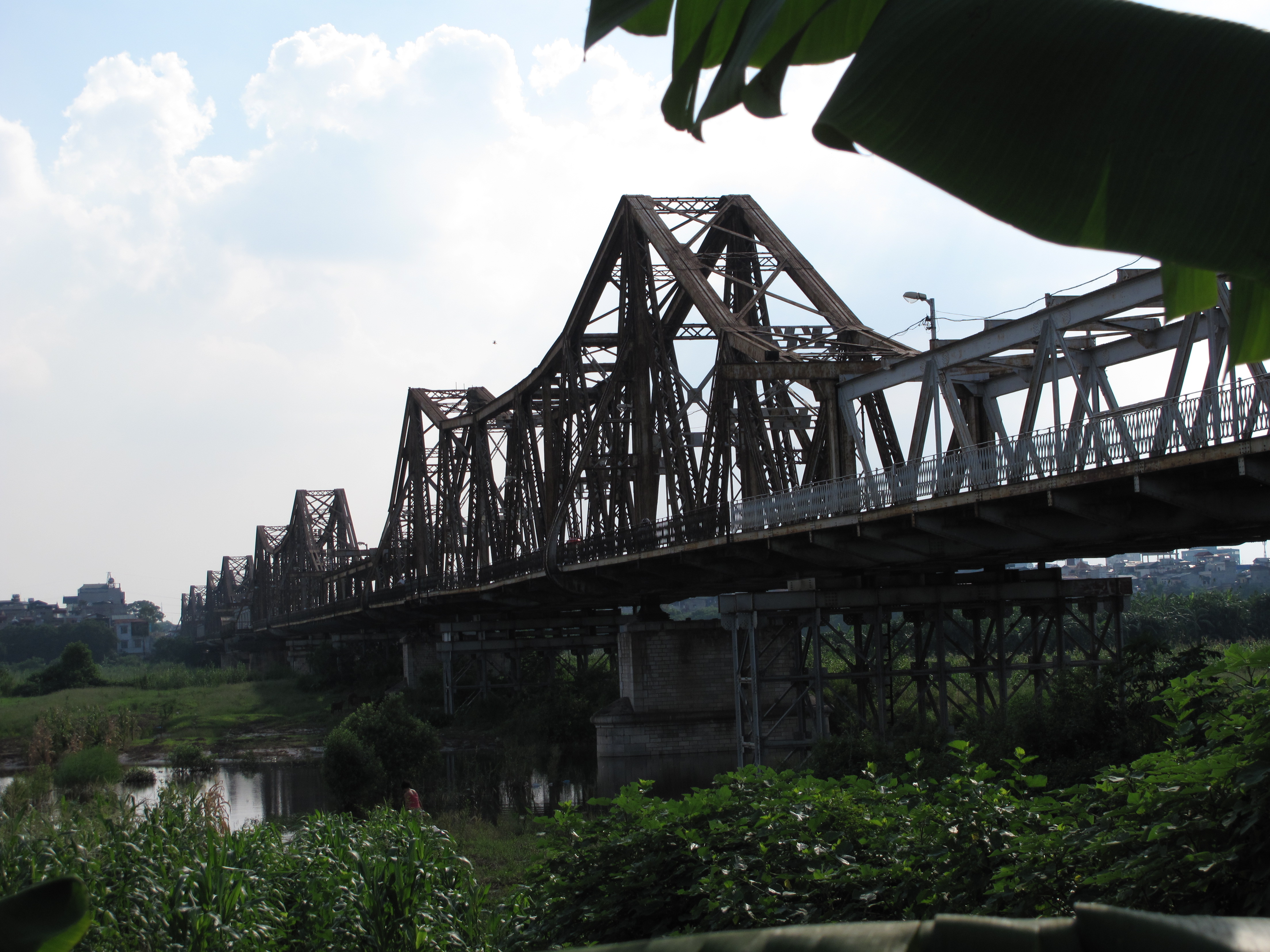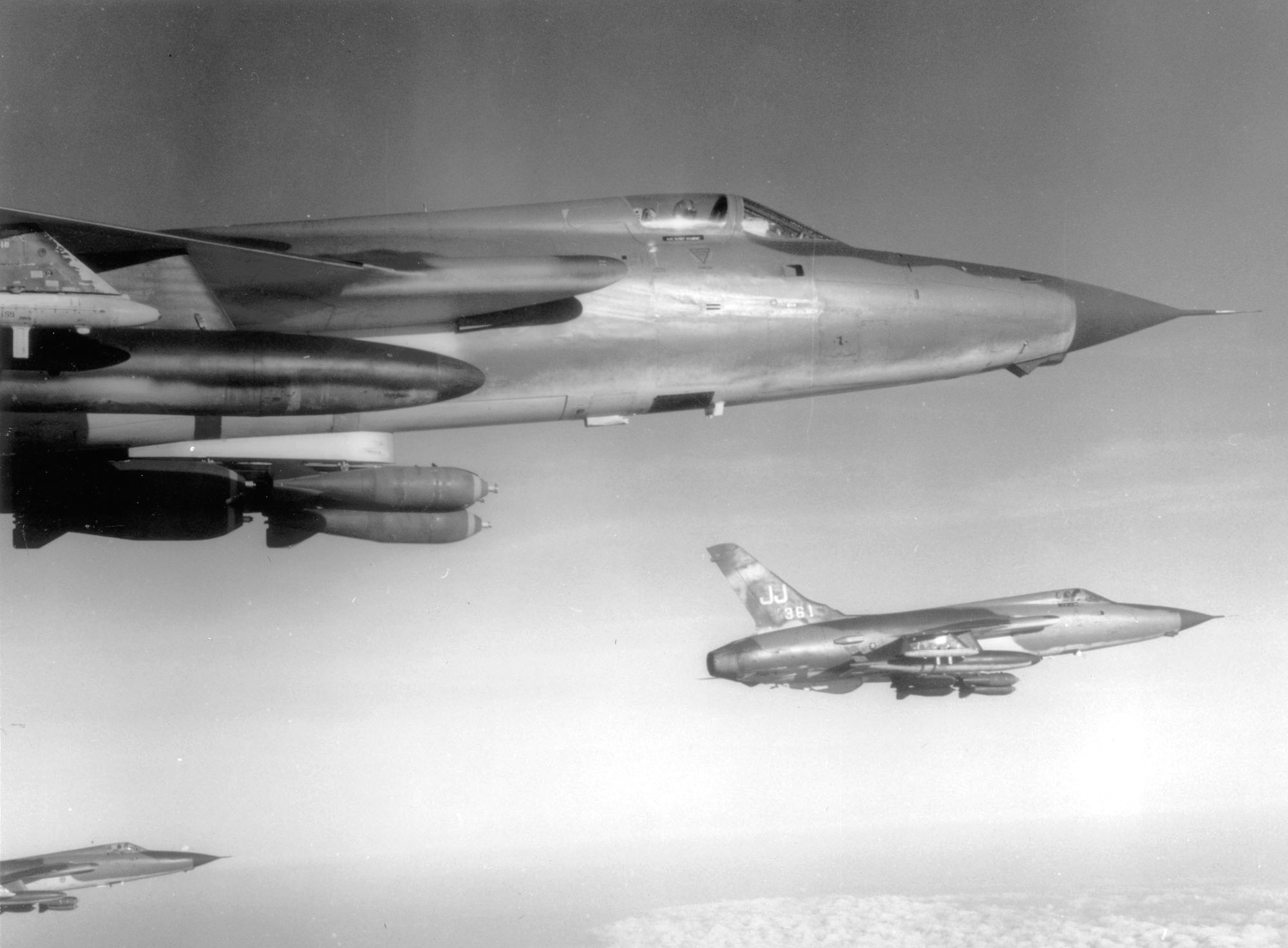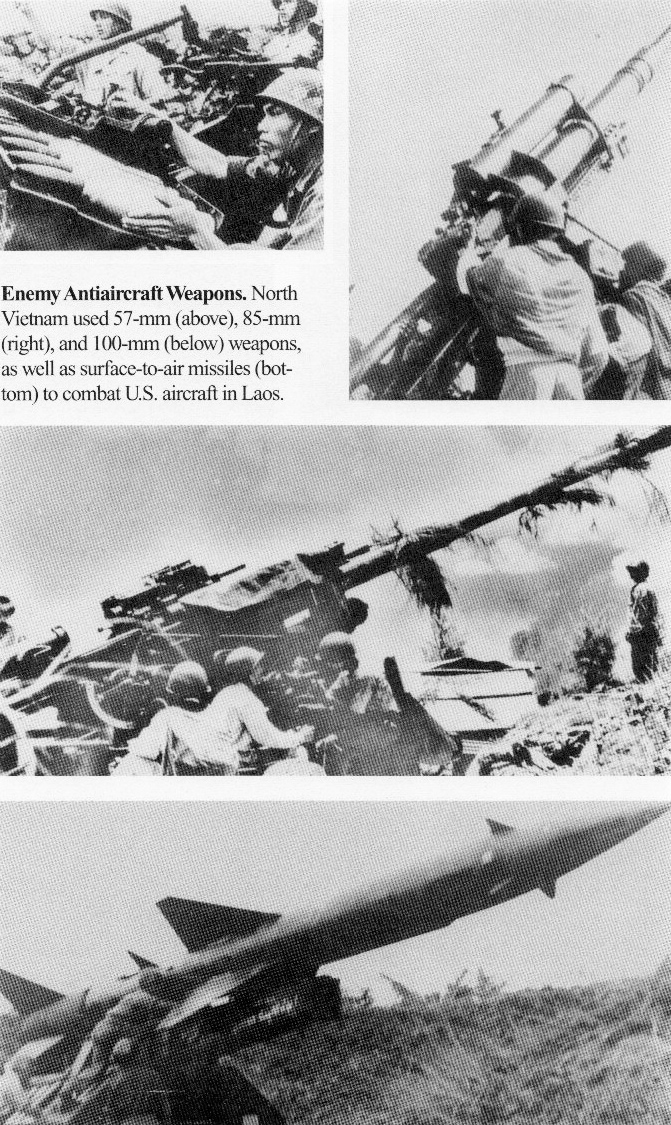|
GBU-8
The GBU-8 Homing Bomb System (HOBOS) is a 2000 lb Electro-Optical guided bomb developed for the United States Air Force. Description The GBU-8 consists of a contrast seeker in the nose section, four cruciform tailfins with flying surfaces for control, strakes connecting the tailfins with the nose section, and a 2000 lb Mk. 84 LDGP bomb. The same type of guidance kit was also attached to a 3000 lb Mark 118 bomb, where it was designated GBU-9. History Development of the Homing Bomb System (HOBOS) by Rockwell began in 1967 on the request of the U.S. Air Force in response to shortcomings of the AGM-62 Walleye during the Vietnam War. The payload of the 2000 lb Mk. 84 bomb was considered to be more effective than the smaller explosive warhead found on the Walleye, which was designed by the Navy for anti-ship use. The system was deployed to Ubon, Thailand in January 1969 and was subsequently used in combat for the first time in February 1969. The HOBOS system was also used in O ... [...More Info...] [...Related Items...] OR: [Wikipedia] [Google] [Baidu] |
GBU-15
The Rockwell International Guided Bomb Unit 15 is an unpowered glide weapon used to destroy high-value enemy targets. It was designed for use with F-15E Strike Eagle, F-111 'Aardvark' and F-4 Phantom II aircraft. The GBU-15 has long-range maritime anti-ship capability with the B-52 Stratofortress.Caldwell, Hamlin A., Jr. "Air Force Maritime Missions" ''United States Naval Institute Proceedings'' October 1978 p.31 Overview The weapon consists of modular components that are attached to either a general purpose Mark 84 bomb or a penetrating-warhead BLU-109 bomb. Each weapon has five components—a forward guidance section, warhead adapter section, control module, airfoil components, and a weapon data link. The guidance section is attached to the nose of the weapon and contains either a television guidance system for daytime or an imaging infrared system for night or limited, adverse weather operations. A data link in the tail section sends guidance updates to the control aircraft tha ... [...More Info...] [...Related Items...] OR: [Wikipedia] [Google] [Baidu] |
Contrast Seeker
Optical contrast seekers, or simply contrast seekers, are a type of missile guidance system using a television camera as its primary input. The camera is initially pointed at a target and then locked on, allowing the missile to fly to its target by keeping the image stable within the camera's field of view. The first production missile to use a contrast seeker was the AGM-65 Maverick, which began development in the 1960s and entered service in 1972. The system has not been widely used, as other guidance technologies like laser guidance and GPS have become more common, but the same basic concept is used in cameras to track objects, including the systems used to aim the laser designators. Contrast seekers should be distinguished from television guidance systems, in which a live television signal is broadcast to the launch platform, which then uses manual direction to attack the target. Examples of TV guidance include the Martel and AGM-62 Walleye. The term "contrast contour" is som ... [...More Info...] [...Related Items...] OR: [Wikipedia] [Google] [Baidu] |
AGM-62 Walleye
The AGM-62 Walleye is a television-guided glide bomb which was produced by Martin Marietta and used by the United States Armed Forces from the 1960s-1990s. Most had a 250 lb (113 kg) high-explosive warhead; some had a nuclear warhead. The designation of the ''Walleye'' as an "air-to-ground missile" is a misnomer, as it is an unpowered bomb with guidance avionics, similar to the more modern GBU-15. The Walleye was superseded by the AGM-65 Maverick. History The Walleye was the first of a family of precision-guided munitions designed to hit targets with minimal collateral damage. This "smart bomb" had no propulsion system, but it could be maneuvered via a television assisted guidance system during its glide from an aircraft to the target. As a pilot dived towards a target, a television camera in the nose of the bomb transmitted images to a monitor in the cockpit. Once the pilot acquired a sharp image of the target on his screen, he designated an aim point and released t ... [...More Info...] [...Related Items...] OR: [Wikipedia] [Google] [Baidu] |
Long Biên Bridge
Long Biên Bridge ( vi, Cầu Long Biên) is a historic cantilever bridge across the Red River that connects two districts, Hoàn Kiếm and Long Biên of the city of Hanoi, Vietnam. It was originally called ''Paul Doumer Bridge''. History The bridge was built in 1899–1902 by the architects Daydé & Pillé of Paris, and opened in 1903.Long Bien: Historic Hanoi bridge with an uncertain future by Petroc Trelawny, BBC News Magazine, 18 August 2013. Retrieved 18 August 2013. Before North Vietnam's independence in 1954, it was called ''Paul-Doumer Bridge'', named after – The Governor-General of French Indochina and then French president. At in length, [...More Info...] [...Related Items...] OR: [Wikipedia] [Google] [Baidu] |
Thanh Hóa Bridge
The Thanh Hóa Bridge (Vietnamese: Cầu Hàm Rồng, Hàm Rồng Bridge), spanning the Song Ma river, is situated northeast of Thanh Hóa (), the capital of Thanh Hóa Province in Vietnam. The Vietnamese gave it the nickname Hàm Rồng (''Dragon's Jaw''). In 1965 during the Vietnam War, it was the objective of many attacks by US Air Force and US Navy aircraft which would fail to destroy the bridge until 1972, even after hundreds of attacks. The bridge was restored in 1973. As of 2016, the bridge still stands. Originally built by the French during the colonial era in Vietnam, the Thanh Hóa bridge was sabotaged by the Viet Minh in 1945. From 1957, the Vietnamese started rebuilding it. Allowing the passage of both road and rail traffic, it was a vital link between different regions of North Vietnam, and when the war started, became a strategic passage for supplies and reinforcements sent to the Viet Cong fighting in South Vietnam. In their first air combat, a small force of see ... [...More Info...] [...Related Items...] OR: [Wikipedia] [Google] [Baidu] |
8th Fighter Wing
The United States Air Force 8th Fighter Wing is the host unit at Kunsan Air Base, Republic of Korea and is assigned to Seventh Air Force. Seventh Air Force falls under Pacific Air Forces (PACAF). The Wing's 8th Operations Group is the successor of the 8th Pursuit Group, one of the 15 original combat air groups formed by the Army before World War II. Established in Japan after World War II in 1948, the wing flew combat missions throughout the Korean War. Redesignated the 8th Tactical Fighter Wing in 1958, it remained in Japan until 1964. After a year in California, it moved to Southeast Asia, where its F-4 Phantom II crews earned the nicknames "MiG killers" and "bridge busters". In 1974 the wing relocated to Kunsan Air Base, South Korea, where it was redesignated the 8th Fighter Wing in 1992. History : ''For additional history and lineage, see 8th Operations Group'' Established in August 1948 in Japan, the wing provided air defense to the islands. On 20 January 1951, the wing g ... [...More Info...] [...Related Items...] OR: [Wikipedia] [Google] [Baidu] |
Operation Linebacker
Operation Linebacker was the codename of a U.S. Seventh Air Force and U.S. Navy Task Force 77 air interdiction campaign conducted against North Vietnam from 9 May to 23 October 1972, during the Vietnam War. Its purpose was to halt or slow the transportation of supplies and materials for the ''Nguyen Hue Offensive'' (known in the West as the Easter Offensive), an invasion of the South Vietnam by the North Vietnamese People's Army of Vietnam (PAVN) that had been launched on 30 March. ''Linebacker'' was the first continuous bombing effort conducted against North Vietnam since the end of Operation Rolling Thunder in November 1968. Nguyen Hue Offensive At midday on 30 March 1972, 30,000 PAVN troops, supported by regiments of tanks and artillery, rolled southward across the Demilitarized Zone (DMZ) that separated the two Vietnams. This three-division force caught the Army of the Republic of Vietnam (ARVN) and their American allies unprepared. The PAVN force struck the defensive pos ... [...More Info...] [...Related Items...] OR: [Wikipedia] [Google] [Baidu] |
Mark 118 Bomb
The M118 is an air-dropped general-purpose or demolition bomb used by United States military forces. It dates back to the time of the Korean War of the early 1950s. Although it has a nominal weight of 3,000 lb (1,350 kg), its actual weight, depending on fuse and retardation options, is somewhat higher. A typical non-retarded configuration has a total weight of 3,049 lb (1,383 kg) with an explosive content of 1,975 lb (895 kg) of tritonal. This is a higher percentage than in the more recent American Mark 80 series bombs thus perhaps the designation as a demolition bomb. In the late 1950s through the early 1970s it was a standard aircraft weapon, carried by the F-100 Super Sabre, F-104 Starfighter, F-105 Thunderchief, and F-4 Phantom. Some apparently remain in the USAF inventory, although they are rarely used today. It was a component of the GBU-9/B version of the Rockwell electro-optically guided Homing Bomb System (HOBOS). This weapon consisted of ... [...More Info...] [...Related Items...] OR: [Wikipedia] [Google] [Baidu] |
Rockwell International
Rockwell International was a major American manufacturing conglomerate involved in aircraft, the space industry, defense and commercial electronics, components in the automotive industry, printing presses, avionics and industrial products. Rockwell International's predecessor was Rockwell Manufacturing Company, founded in 1919 by Willard Rockwell. In 1968, Rockwell Manufacturing Company included 7 operating divisions manufacturing industrial valves, German 2-cycle motors, power tools, gas and water meters. In 1973, it was combined with the aerospace products and renamed Rockwell International. At its peak, Rockwell International was No. 27 on the Fortune 500 list, with assets of over $8 billion, sales of $27 billion and 115,000 employees. History Rockwell Manufacturing Company Boston-born Willard Rockwell (1888–1978) made his fortune with the invention and successful launch of a new bearing system for truck axles in 1919. He merged his Oshkosh, Wisconsin-base ... [...More Info...] [...Related Items...] OR: [Wikipedia] [Google] [Baidu] |
Bomb
A bomb is an explosive weapon that uses the Exothermic process, exothermic reaction of an explosive material to provide an extremely sudden and violent release of energy. Detonations inflict damage principally through ground- and atmosphere-transmitted mechanical stress (mechanics), stress, the impact and penetration of pressure-driven projectiles, pressure damage, and explosion-generated effects. Bombs have been utilized since the 11th century starting in East Asia. The term bomb is not usually applied to explosive devices used for civilian purposes such as construction or mining, although the people using the devices may sometimes refer to them as a "bomb". The military use of the term "bomb", or more specifically aerial bomb action, typically refers to airdropped, unpowered explosive weapons most commonly used by air forces and naval aviation. Other military explosive weapons not classified as "bombs" include shell (projectile), shells, depth charges (used in water), or lan ... [...More Info...] [...Related Items...] OR: [Wikipedia] [Google] [Baidu] |







